I: Orgone
The impetus of this work stems from my general interest in various intersections between aesthetics, creativity, consciousness and experience. The title is taken from “orgone energy” as described by psychoanalyst Wilhelm Reich for the “universal life energy” which he claimed to have discovered in published experiments in the late 1930’s. Reich claimed that orgone energy was a “life energy” which filled all space, was blue in color, and that certain forms of illness were the consequence of depletion or blockages of the energy within the body. Another concept that informed the composition of the work is the “zero point field” theorized by some physicists which also ultimately suggests that consciousness is a distinct and pervasive energy that exists outside of the confines of a “body” and permeates the multi-dimensions of space and time.
The composition is originally in 8-channels and is organized as two complementary 4-channel streams. The materials of the work combine both purely synthetic timbres with those of acoustic origin. The acoustic materials used include bamboo, voices, piano, and various others sources. The synthetic materials include those created by filtered noisebands, additive synthesis, formant synthesis, and related techniques.
I compose in a manner that attempts to blend a rigorous and intellectual approach with a balancing intuitive perspective. Ultimately, I am interested in musicality and gesture, and the abstracted ideal of beauty in sound. Some of the materials of this work are made possible by algorithmic procedures while others are sculpted and manually arranged.
This work was commissioned by IMEB (Institut international de musique électroacoustique de Bourges) and composed in Bourges, France in 2007.
II: Shadow of Water on Sky
An essay in sound-mass, this composition is concerned with the exploration of composites of acoustic and synthetic sounds and the unfolding of dense fields of timbre. Among the acoustic sounds used are transformations of choral sonorities and percussive sounds of various types. These sounds are applied to various processing strategies involving tools to modify the sound spectrum into new amalgams and combine them with sounds that are purely synthetic.
III: Sanctum
Sanctum inherits its large-scale formal attributes from a structured improvisation on metallic percussion instruments (including tam-tams, gongs, crotales, cymbals, and found objects) which becomes, after compositional efforts to shape and delimit a temporal unfolding, the scaffolding for the elaboration of a number of additional sound sources including vocal sounds, instrumental sounds and purely synthetic sounds. Techniques used in this work include algorithmic processes for elaboration of materials, analysis-resynthesis, additive synthesis and strategies for the antiphonal treatment of the sound materials. An emphasis is placed on the transparency of musical textures and a delicate balance between them. Percussion source materials were performed by Stuart Gerber.
IV: Ghost Words After Trees Fall
The title of this work is taken from a line in Medbh McGuckian’s poem Moon Script, from her collection The Book of the Angel. Composed in two quadraphonic streams, or layers, this 8-channel work presents a quasi-developmental unfolding of gestures and musical materials. Chief among the sound sources used are vocal samples, tuned glass instruments, and percussion sounds, together with various sounds of purely synthetic origin.
Like many of my works composed in the last decade or so, this piece has no specific technical agenda. Algorithmic compositional techniques are used together with serial techniques, and the free flight of imagination. Well established methods for extrapolating sounds into variegated forms are used in abundance to shape the material of the sound world of the composition. As is the case with much of my music, a background formal geometry is key to structuring the work as a multi-sectional musical experience.
This work was commissioned by IMEB (Institut international de musique électroacoustique de Bourges) and composed in Bourges, France in 2007.
— RST

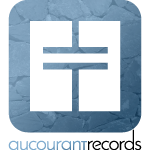

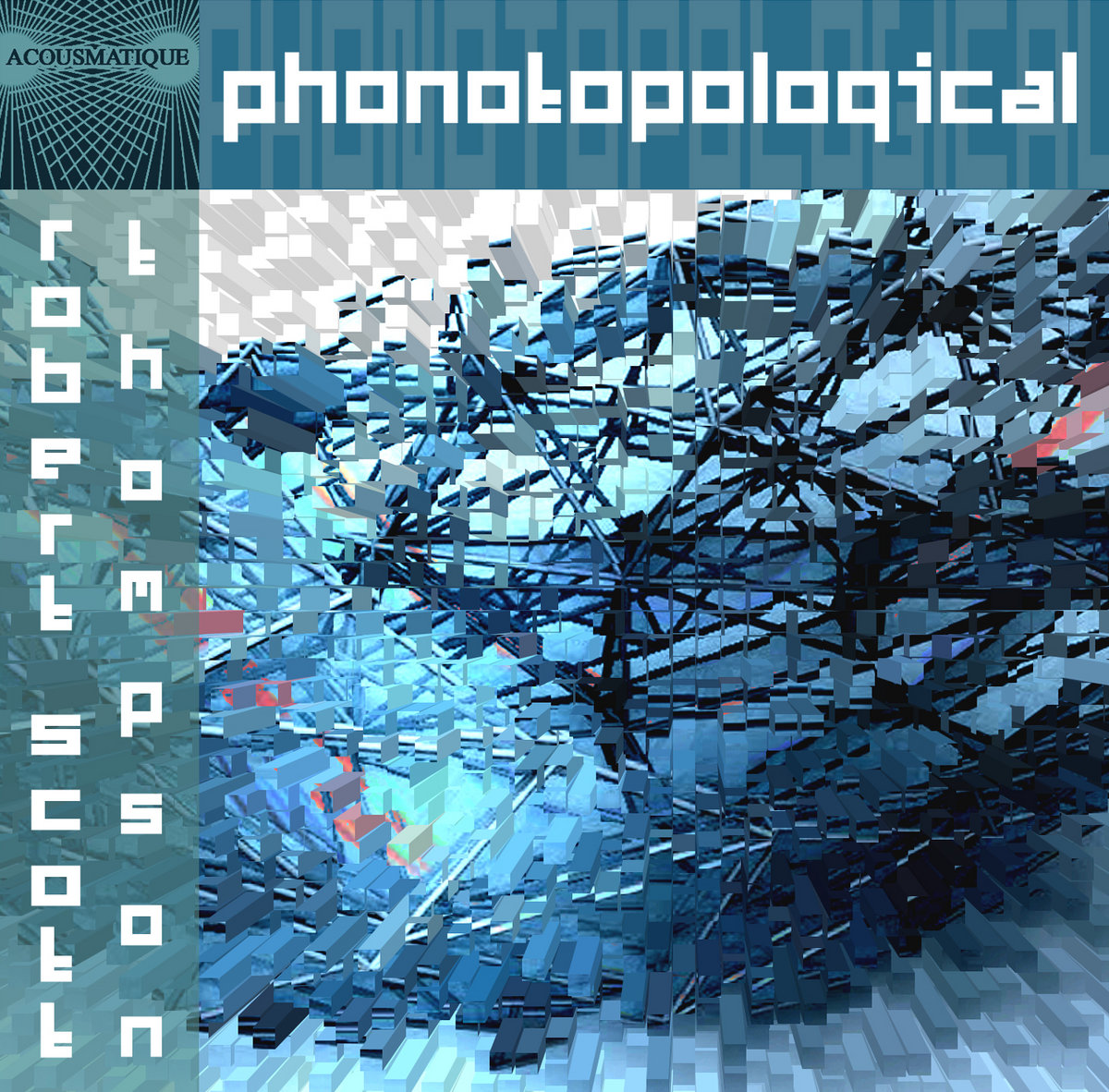
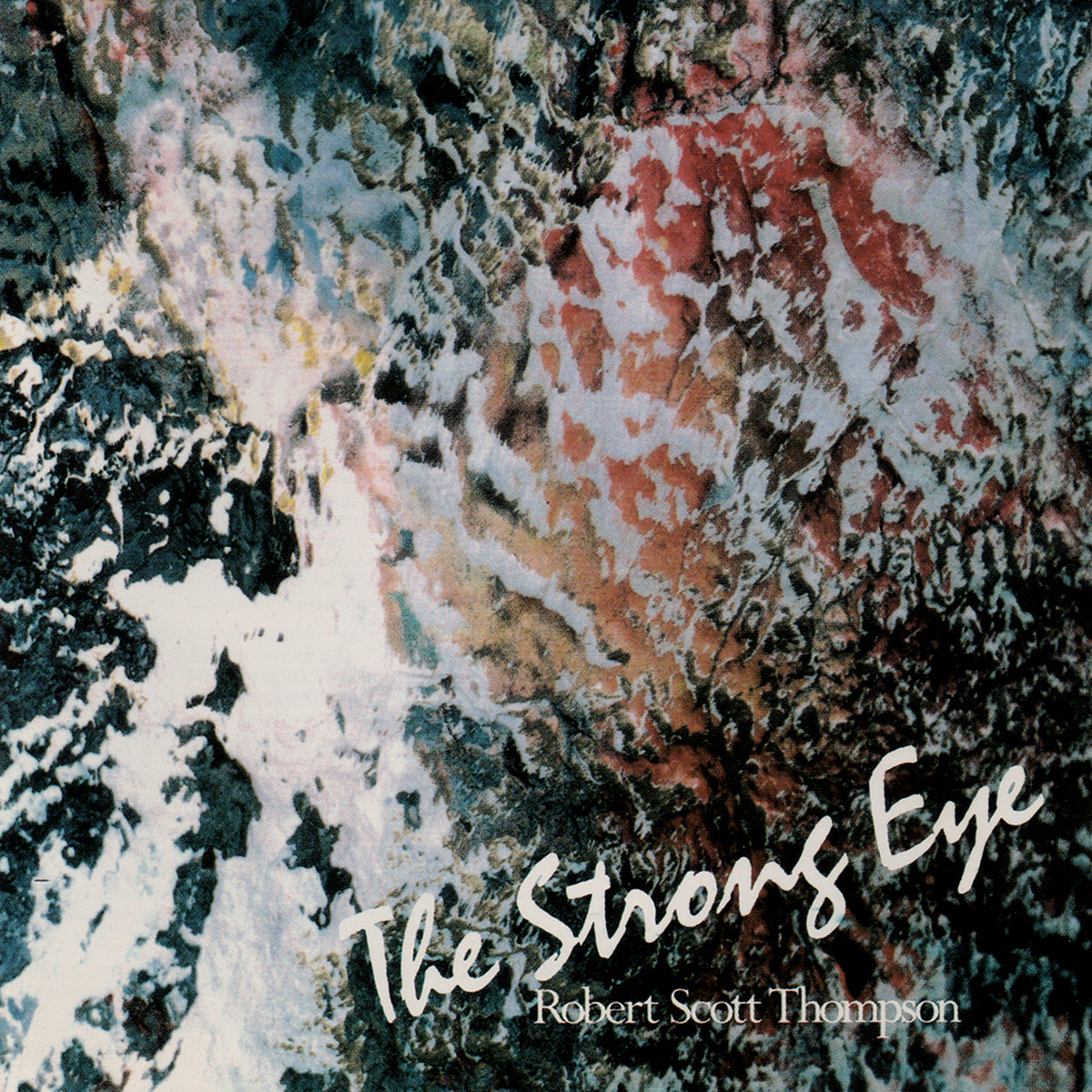
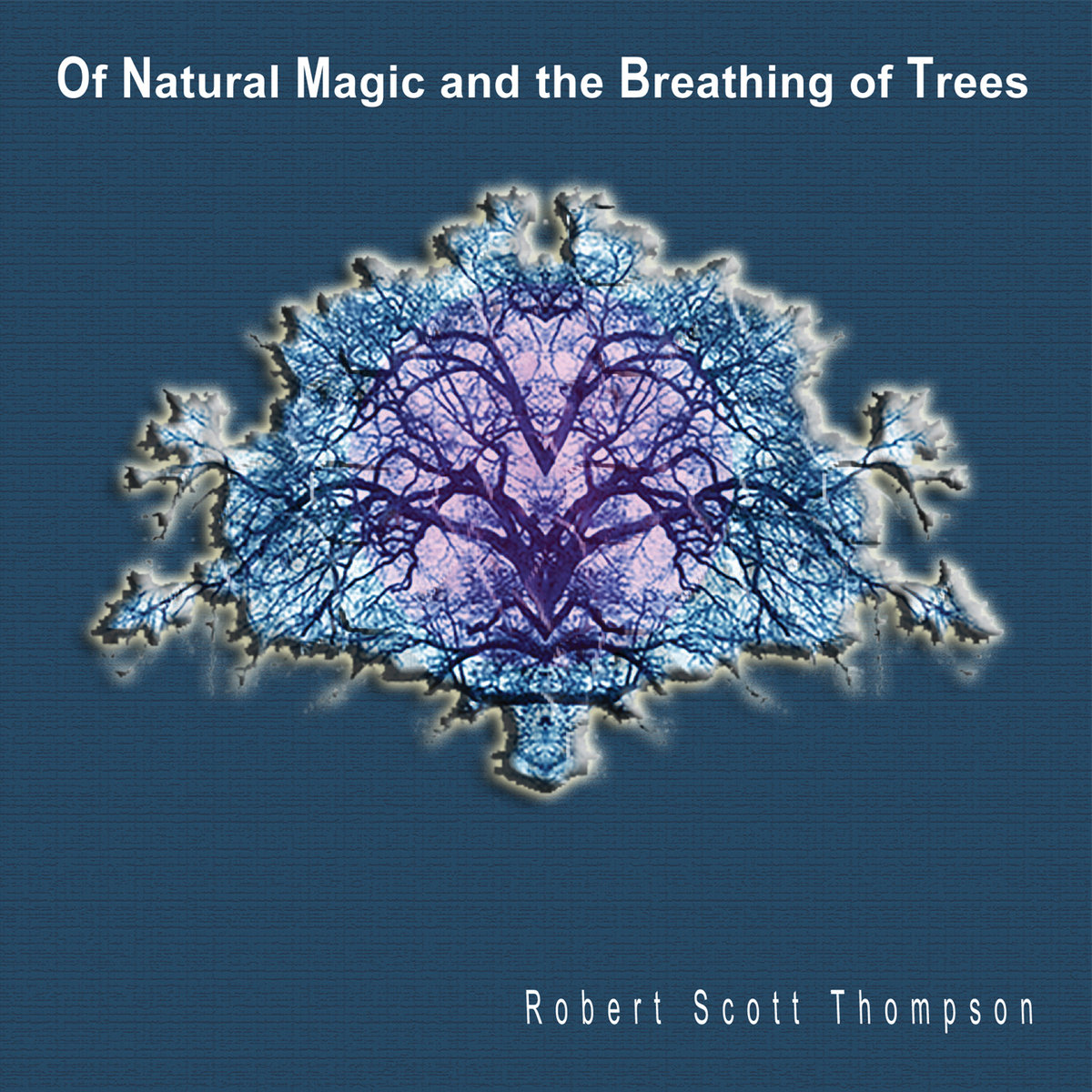
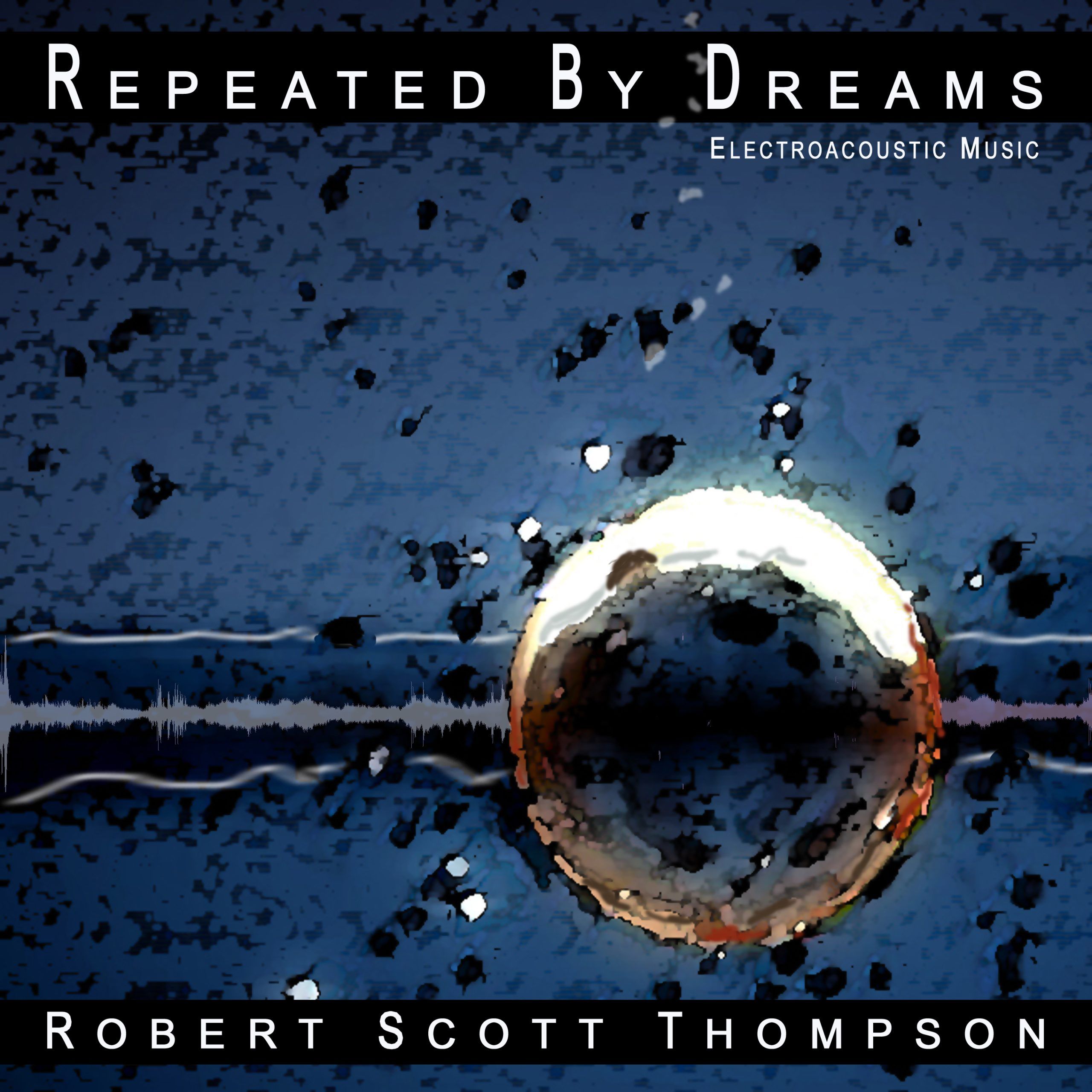
Reviews